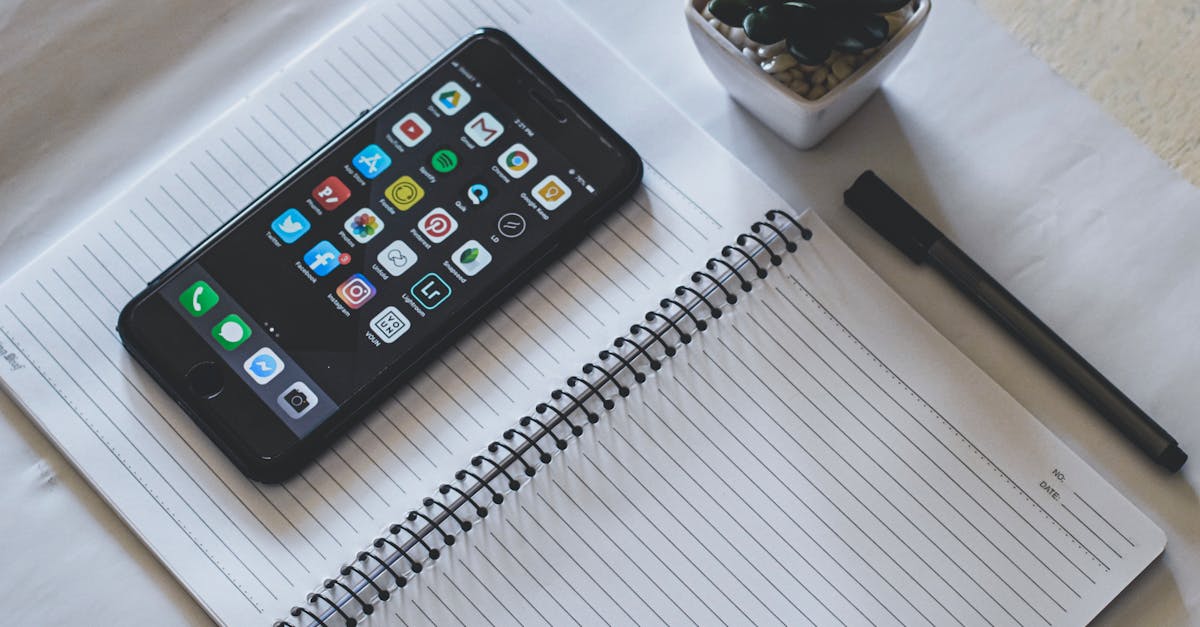In a world overflowing with distractions, finding focus can feel like searching for a needle in a haystack—if that needle were also playing hide-and-seek. Enter minimalist productivity apps, the digital superheroes that swoop in to save the day. These sleek, no-nonsense tools strip away the clutter and help users hone in on what really matters: getting things done without the chaos.
Gone are the days of complicated interfaces and endless features that make productivity feel like a chore. With minimalist apps, simplicity reigns supreme. They offer just enough functionality to keep users on track while eliminating the overwhelm. So if you’re ready to kick procrastination to the curb and embrace a more streamlined approach to productivity, it’s time to explore the world of minimalist apps. Who knew getting things done could be this fun?
Table of Contents
ToggleOverview of Minimalist Productivity Apps
Minimalist productivity apps streamline the task management process. These tools focus on essential features that foster concentration and reduce distractions.
Definition of Minimalist Productivity
Minimalist productivity emphasizes simplicity in task management. It involves using applications that prioritize core functionalities, ensuring users focus on what matters most. These apps often lack unnecessary features and design elements. Instead, they offer clean interfaces, intuitive navigation, and a limited set of tools. Users benefit from these streamlined experiences, enhancing their ability to manage tasks efficiently.
Importance of Minimalism in Productivity
Minimizing clutter leads to improved focus and efficiency. With fewer distractions, individuals can direct their attention to critical tasks. Minimalist productivity apps encourage users to prioritize their goals, making it easier to break tasks down into manageable steps. These tools support clearer thinking and decision-making. Users appreciate the ability to customize their experience without feeling overwhelmed by excess options. Ultimately, minimalism in productivity promotes a more fulfilling and productive work environment.
Top Minimalist Productivity Apps
Minimalist productivity apps help users enhance focus and streamline their workflow. Here are three noteworthy options.
App 1: Features and Benefits
Todoist offers a clean interface with essential task management features. Users can create tasks, set deadlines, and prioritize projects effortlessly. The recurring task function allows for easy scheduling of repetitive activities. Collaboration options enable users to share tasks with teams, which enhances productivity in group settings. Todoist’s integration with various platforms, such as Google Calendar and Slack, simplifies workflow management. The Karma system encourages completion by tracking productivity streaks and offering rewards, fostering motivation.
App 2: Features and Benefits
Things 3 stands out with its elegant design and simple navigation. This app streamlines task organization through projects and headings, promoting clear categorization. Users can utilize the “Today” view to focus on immediate tasks, which makes prioritization straightforward. The quick entry feature supports rapid task input, reducing interruption in workflow. Reminders help keep users on track with deadlines effectively. Things 3’s ability to integrate with Apple devices offers seamless syncing across platforms.
App 3: Features and Benefits
Notion combines note-taking and task management in a minimalist space. It allows users to create custom workflows tailored to specific needs. Users can organize information through databases, boards, and calendars, encouraging structured thinking. Flexible templates enable quick setup for different projects or ideas. Collaboration tools allow real-time updates, making teamwork more efficient. Notion’s extensive integration capabilities streamline processes across various apps, promoting overall productivity.
User Experience and Interface
Minimalist productivity apps emphasize user experience by providing intuitive interfaces that prioritize essential functionalities. These applications foster a seamless interaction, enabling users to manage tasks effortlessly.
Ease of Use
Navigation remains straightforward in minimalist productivity apps. Users can quickly access key features without distraction. Simple layouts enhance user engagement, as intuitive designs reduce the learning curve. Tasks can be added or modified in just a few taps or clicks. Clarity in labeling ensures users understand each feature’s purpose. Quick setup processes allow straightforward integration into daily routines. Overall, these characteristics make adopting minimalist productivity apps enjoyable.
Design Principles
A commitment to simplicity drives design principles in minimalist productivity apps. Bold typography and ample whitespace create a clean visual environment. Colors are often muted, reducing strain and encouraging prolonged focus. Icons are recognizable, aiding in quick information retrieval. Users find it easier to prioritize tasks thanks to organized layouts. The cohesive design enhances usability, promoting an efficient workflow. Enhancements adhere to the core philosophy of minimalism, ensuring every element serves a specific function.
Comparing Minimalist Productivity Apps
Minimalist productivity apps each offer unique features, making them suitable for different user needs. Understanding their strengths and weaknesses aids in selecting the best fit.
Strengths and Weaknesses
Todoist excels in collaboration, integrating with platforms like Google Calendar and Slack, making teamwork more manageable. However, users may find advanced features overwhelming if simplicity is their primary goal. Things 3 impresses with an elegant design and intuitive navigation, appealing to those who prioritize aesthetics. On the downside, its higher price point might deter budget-conscious users. Notion shines in customizable workflows, providing flexibility for different tasks. Its complexity, though, may be a challenge for individuals seeking a straightforward experience. Balancing features and user preferences helps in making an informed choice among these apps.
Ideal Use Cases
Todoist suits teams needing collaboration tools alongside task management. Its integration options enhance productivity for group projects. Things 3 caters to individuals valuing aesthetics and simplicity, ideal for personal productivity without distractions. Notion serves diverse needs by combining note-taking with task management, perfect for students and professionals requiring organization flexibility. Each app aligns with specific user scenarios, ensuring that individuals can select one that enhances their productivity based on their unique requirements.
Future Trends in Minimalist Productivity
Minimalist productivity apps continue to evolve, adapting to emerging technologies and shifting user preferences.
Emerging Technologies
Artificial intelligence (AI) enhances minimalist productivity apps through features like smart task suggestions and automated reminders. Machine learning algorithms analyze user behavior, offering personalized productivity boosts tailored to individual habits and preferences. Voice recognition technology allows users to create tasks hands-free, making operations smoother and more efficient. Integration with wearables provides real-time productivity tracking, reinforcing the connection between tasks and well-being. Furthermore, cloud-based solutions enable seamless collaboration among users, regardless of location, promoting an adaptable work environment that aligns with minimalist principles.
User Preferences
User preferences are shifting towards simplicity and effectiveness, with many individuals prioritizing intuitive interfaces over feature-heavy designs. Minimalist app users seek straightforward functionalities that can easily integrate into their daily routines. Feedback indicates a strong demand for customizable layouts, allowing users to personalize their workspaces while maintaining organization. Notifications should remain streamlined, ensuring users only receive important updates, thus minimizing distractions. Users also increasingly prioritize privacy and data security, prompting apps to adopt robust protective measures, further enhancing their appeal and trustworthiness.
Embracing minimalist productivity apps can significantly enhance focus and efficiency in today’s fast-paced world. By prioritizing essential features and intuitive design, these tools help users streamline their workflows and tackle tasks with clarity. Whether it’s Todoist’s collaboration features, Things 3’s aesthetic appeal, or Notion’s flexible organization, there’s an app suited for every individual’s needs.
As technology continues to evolve, these apps are likely to incorporate even more innovative features that further simplify task management. Adopting a minimalist approach not only fosters productivity but also creates a more enjoyable work environment. Users can find satisfaction in achieving their goals while minimizing distractions, making minimalist productivity apps an invaluable asset in their daily routines.





